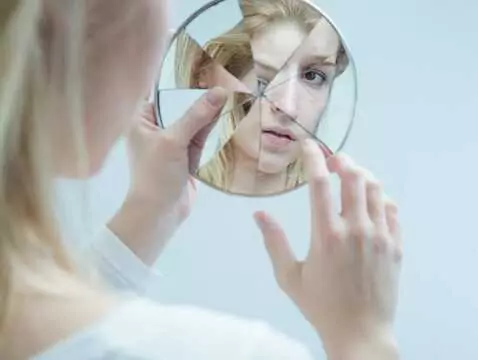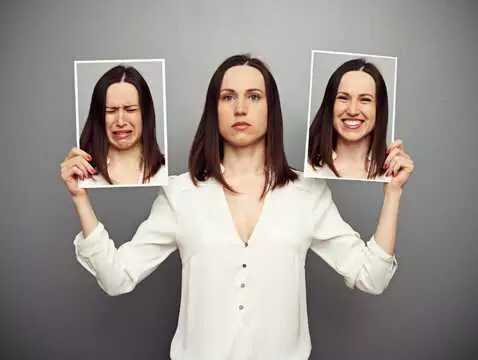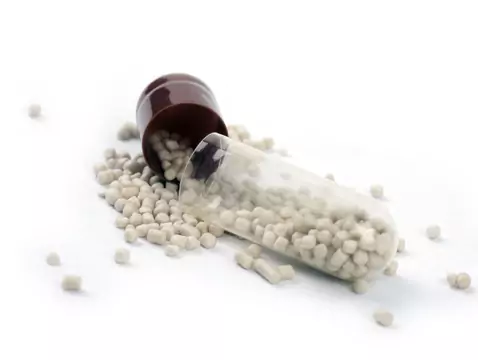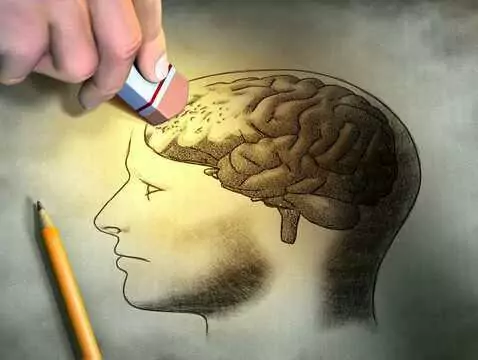What is BPAD? Prevalence. Course. Treatment. Prognosis.
Ad:
Bipolar affective disorder
(synonyms: bipolar affective disorder, formerly: manic-depressive psychosis)
As early as the 6th century AD, it was noted that some people have recurrent episodes of depression and mania, but the termmanic-depressive psychosis(manisch-depressive Irresein) was only introduced in 1899 by Kraepelin.
What is bipolar affective disorder (BPAD)?
It is a group of disorders with opposing mood and activity disorders: depressive and manic syndromes (known as BPAD type I) or depressive and hypomanic syndromes (known as BPAD type II). BPAD is also diagnosed in people who experience only manic episodes (assuming that episodes of mild depression may have gone unnoticed in them). In most patients, the episodes of illness are separated by periods of health (known as intermissions), but in some they occur in immediate succession.
To understand the nature of BPAD, it is necessary to know what depression and mania are. The main symptoms of these disorders are shown in Table 1.1. Episodes of depression and mania can vary in severity. Depression in the course of BPAD is usually accompanied by moderately severe motor slowness, unremitting anxiety and, not infrequently, various somatic complaints and an excessive need for sleep. As the frequency of relapses increases, especially in people over 50 years of age, depressive episodes with high anxiety, restlessness and depressive delusions appear.
Table 1.1 Main symptoms of depression and mania:

Occurring in the course of BPAD type II, hypomania is a mania of lesser severity. In its course, there is a sustained mild elevation of mood, a marked sense of well-being concerning both physical and mental performance. Energy and activity are increased. There is also an increased number and intensity of contacts with the environment, talkativeness, a tendency to socialise. Sexual desire is increased and the need for sleep is reduced. However, all these symptoms are mild enough that the patient's daily life is not disrupted and the environment does not react negatively to his/her behaviour. Hypomania can also manifest itself less good-naturedly with irritability, conceit and gross behaviour.
Prevalence
The prevalence of BPAD is estimated to be between 0.4 per cent and 1.5 per cent, with Type I disorders being more common than Type II, and cases of only recurrent mania being rare. BPAD is almost as common in women as in men.
Course
The illness can start at any age - in most people, the first episode occurs between 20 and 30 years of age, in one in three people before 20 years of age, and in only 1-2% after 60 years of age. Usually, the first episode, especially in women, is a depressive episode, progressing directly to a manic episode. In many patients, the onset of the illness and most relapses occur with no apparent external causes, but in some patients the triggers are important life events (e.g. loss of a loved one, emotional disappointment, moving house, new responsibilities, change of job, loss of a job, deterioration of financial situation, life success), health-related events (e.g. severe illness, pain, poisoning, in women quite often childbirth), certain drugs or substances of other kinds. A manic episode often starts suddenly, the symptoms build up over a few days and usually subside just as quickly. The onset of a depressive episode is slower, with symptoms increasing over several days in most patients.
What is bipolar affective disorder (BPAD)?
It is a group of disorders with opposing mood and activity disorders: depressive and manic syndromes (known as BPAD type I) or depressive and hypomanic syndromes (known as BPAD type II). BPAD is also diagnosed in people who experience only manic episodes (assuming that episodes of mild depression may have gone unnoticed in them). In most patients, the episodes of illness are separated by periods of health (known as intermissions), but in some they occur in immediate succession.
To understand the nature of BPAD, it is necessary to know what depression and mania are. The main symptoms of these disorders are shown in Table 1.1. Episodes of depression and mania can vary in severity. Depression in the course of BPAD is usually accompanied by moderately severe motor slowness, unremitting anxiety and, not infrequently, various somatic complaints and an excessive need for sleep. As the frequency of relapses increases, especially in people over 50 years of age, depressive episodes with high anxiety, restlessness and depressive delusions appear.
Table 1.1 Main symptoms of depression and mania:

Occurring in the course of BPAD type II, hypomania is a mania of lesser severity. In its course, there is a sustained mild elevation of mood, a marked sense of well-being concerning both physical and mental performance. Energy and activity are increased. There is also an increased number and intensity of contacts with the environment, talkativeness, a tendency to socialise. Sexual desire is increased and the need for sleep is reduced. However, all these symptoms are mild enough that the patient's daily life is not disrupted and the environment does not react negatively to his/her behaviour. Hypomania can also manifest itself less good-naturedly with irritability, conceit and gross behaviour.
Prevalence
The prevalence of BPAD is estimated to be between 0.4 per cent and 1.5 per cent, with Type I disorders being more common than Type II, and cases of only recurrent mania being rare. BPAD is almost as common in women as in men.
Course
The illness can start at any age - in most people, the first episode occurs between 20 and 30 years of age, in one in three people before 20 years of age, and in only 1-2% after 60 years of age. Usually, the first episode, especially in women, is a depressive episode, progressing directly to a manic episode. In many patients, the onset of the illness and most relapses occur with no apparent external causes, but in some patients the triggers are important life events (e.g. loss of a loved one, emotional disappointment, moving house, new responsibilities, change of job, loss of a job, deterioration of financial situation, life success), health-related events (e.g. severe illness, pain, poisoning, in women quite often childbirth), certain drugs or substances of other kinds. A manic episode often starts suddenly, the symptoms build up over a few days and usually subside just as quickly. The onset of a depressive episode is slower, with symptoms increasing over several days in most patients.

photo ojoimages
The duration of episodes of the illness varies widely, ranging from a few days to several months, and some believe up to several years. Depression in the course of BPAD lasts on average about 6 months, mania a little shorter - on average from 2 weeks to 4-5 months.









